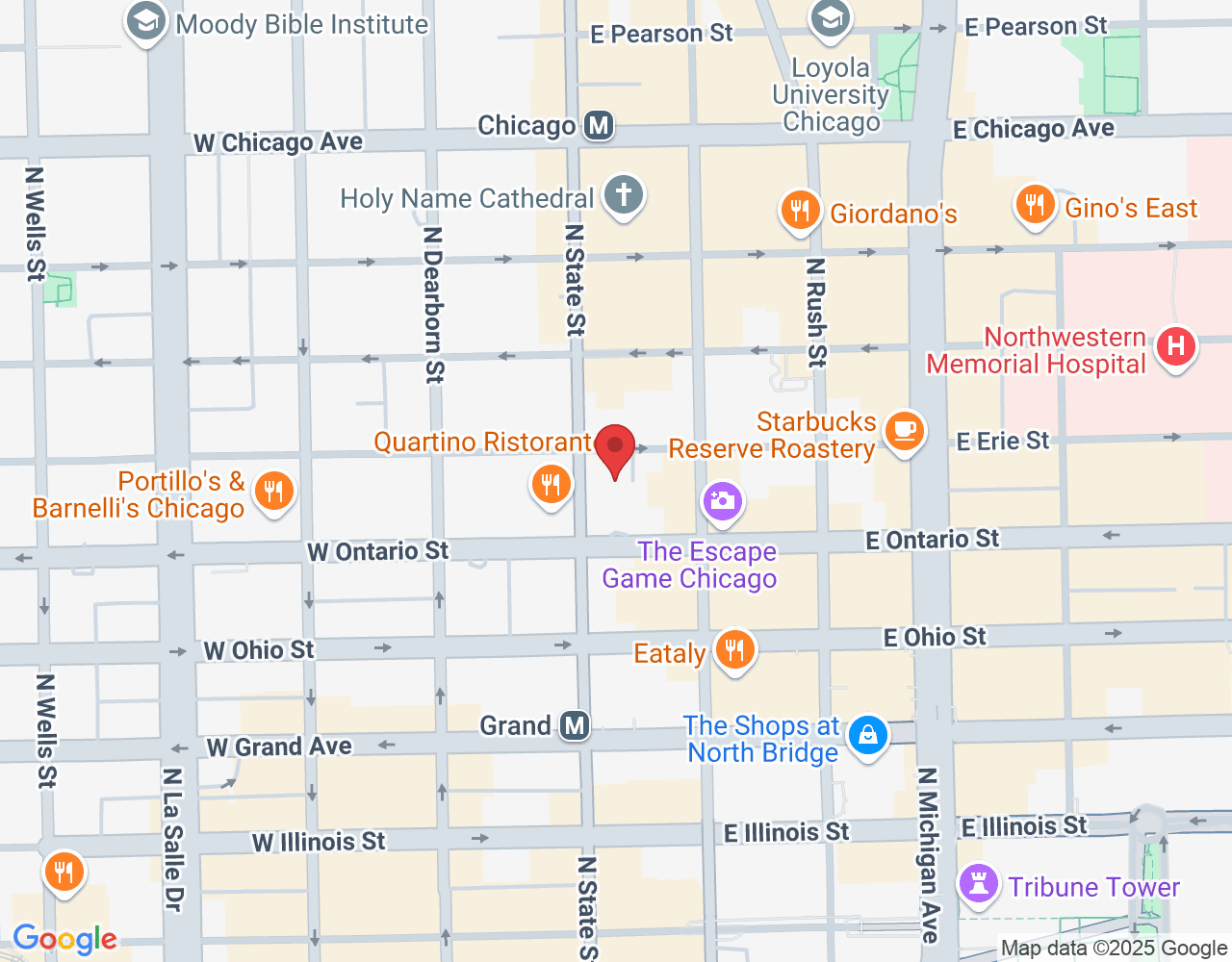
Final Expense Insurance For Insulin Users
What could possibly go wrong if a senior citizen had to pay for their insulin? You might wind up in the hospital or worse, I suppose. Consequently, purchasing final expenditure insurance is crucial.
In the unfortunate event that something untoward occurs, such as not being able to pay for medicine or other medical bills, it will ensure that you are taken care of financially.
What does "final expense" mean? We mean that this kind of insurance covers all of those expenses, including funeral expenses, in the event of a death. Therefore, anyone needs assistance with their diabetes will be taken care of no matter what occurs!
Final Expense Insurance And Insulin
Final expense insurance, also known as burial insurance, covers funeral and burial costs. Eligibility for individuals using insulin due to diabetes can vary among insurers, impacting premiums. Factors like diabetes type, control, and overall health influence costs. Shopping around, being truthful on applications, and seeking guidance from insurance professionals are essential when considering final expense insurance for insulin-dependent individuals.
Understanding Final Expense Insurance for Insulin Users
Final expense insurance is a type of whole life insurance that provides coverage for end-of-life expenses, including funeral and burial costs, as well as outstanding debts. This insurance is specifically designed to offer a smaller death benefit compared to traditional life insurance, making it more accessible for individuals with pre-existing health conditions, such as diabetes.
For insulin users or those with diabetes, final expense insurance is a valuable option as it does not typically require a comprehensive medical exam or extensive underwriting. Instead, the application process often involves a simplified health questionnaire, which allows insurers to assess the applicant's diabetes management and overall health status.
The premiums for final expense insurance for insulin users can vary based on several factors, including:
Diabetes type: Individuals with type 1 diabetes may face higher premiums compared to those with well-controlled type 2 diabetes.
Diabetes management: Insurers will consider the applicant's ability to manage their diabetes, including the use of insulin, adherence to medication, and the presence of any related complications.
Overall health: The insurer will evaluate the applicant's overall health, taking into account factors such as cardiovascular health, kidney function, and the presence of any other medical conditions.
Age: Older applicants may face higher premiums due to the increased risk associated with age.
When applying for final expense insurance, it is crucial for insulin users to be transparent and provide accurate information about their diabetes management and overall health. Misrepresenting or withholding information can lead to claim denials in the future, which can have serious financial consequences for the policyholder's loved ones.
Navigating the Final Expense Insurance Landscape for Insulin Users
To find the best final expense insurance policy for insulin users, it's important to follow these steps:
Gather relevant information: Compile details about your diabetes, including the type, duration, insulin usage, and any related complications. This information will be crucial in the application process.
Shop around: Compare quotes from multiple insurance providers that specialize in final expense insurance for individuals with diabetes. Each insurer may have different underwriting criteria and premium rates, so it's essential to explore your options.
Seek guidance from insurance professionals: Consider working with an experienced insurance agent or broker who has expertise in final expense insurance for insulin users. They can help you navigate the application process, understand the coverage options, and ensure you find the most suitable policy.
Be honest and transparent: When filling out the application, be truthful and provide accurate information about your diabetes and overall health. Hiding or misrepresenting any details can lead to future claim denials.
Consider guaranteed issue policies: If traditional final expense insurance is challenging to obtain due to diabetes or other health issues, some insurers offer guaranteed issue policies. These policies do not require a medical exam or extensive health questionnaire, but they may come with a waiting period before the full death benefit is payable and higher premiums.
Review policy details: Carefully review the policy terms, coverage limits, and exclusions to ensure the final expense insurance policy meets your needs and provides the desired level of protection for your end-of-life expenses.
By following these steps, insulin users can find the best final expense insurance coverage that aligns with their specific health circumstances and financial considerations.
The Impact of Diabetes on Final Expense Insurance Premiums
When it comes to final expense insurance for insulin users, the severity of the applicant's diabetes and related complications can have a significant impact on the premium rates.
Here are some of the key factors that insurers consider when assessing final expense insurance applications for individuals with diabetes:
Insulin usage: Insurers typically view higher insulin usage, typically more than 50 units per day, as a higher-risk factor. Applicants using larger amounts of insulin may face higher premiums or potentially be declined for standard final expense policies.
Diabetes type: Individuals with type 1 diabetes often face higher premiums compared to those with well-controlled type 2 diabetes. This is because type 1 diabetes is generally considered a more complex and challenging condition to manage.
Diabetic complications: The presence of diabetic complications, such as neuropathy (nerve/circulatory issues), nephropathy (kidney issues), and retinopathy (eye issues), can significantly impact the premium rates. Applicants with these complications may be offered higher-priced policies or have their applications declined by some insurers.
Diabetic events: A history of serious diabetic events, such as insulin shock or diabetic coma, can also lead to higher premiums or policy limitations.
Amputation: If an applicant has undergone an amputation due to diabetic complications, this can be viewed as a high-risk factor by insurers, resulting in higher premium rates or policy exclusions.
It's important to note that not all insurers have the same underwriting criteria or approach to final expense insurance for insulin users. Some insurance providers may be more lenient in their assessment of certain diabetic factors, while others may have a more stringent approach.
To ensure the best possible outcome, it is crucial for insulin users to work closely with experienced insurance professionals who can help them navigate the final expense insurance landscape and identify the most suitable coverage options based on their specific health circumstances.
Guaranteed Issue Final Expense Insurance for Insulin Users
For insulin users or individuals with other pre-existing health conditions that make it challenging to obtain traditional final expense insurance, there is an alternative option: guaranteed issue final expense insurance.
Guaranteed issue final expense insurance policies are designed to provide coverage without the need for a comprehensive medical exam or extensive health underwriting. These policies are particularly beneficial for those who may have been declined for standard final expense insurance due to their diabetes or other health issues.
Key features of guaranteed issue final expense insurance for insulin users include:
No medical exam: Applicants do not need to undergo a medical exam or provide detailed health information to qualify for coverage.
Simplified application process: The application process is typically straightforward, involving a few basic health questions.
Immediate coverage: In some cases, the full death benefit may be available immediately upon policy activation, without a waiting period.
Guaranteed acceptance: As long as the applicant meets the age and other basic eligibility criteria, they are guaranteed to be accepted for coverage.
However, it's important to note that guaranteed issue final expense insurance policies may come with some trade-offs:
Higher premiums: Due to the lack of medical underwriting, these policies often have higher premium rates compared to standard final expense insurance.
Limited death benefit: The death benefit for guaranteed issue policies is generally lower than traditional final expense insurance, typically ranging from $5,000 to $25,000.
Waiting periods: Some guaranteed issue policies may have a waiting period, usually 2 years, before the full death benefit is payable. If the policyholder passes away during this waiting period, the beneficiaries may only receive a refund of the premiums paid, plus a small percentage.
Despite these potential drawbacks, guaranteed issue final expense insurance can still be a valuable option for insulin users or those with other pre-existing health conditions who need coverage for their end-of-life expenses. It provides a safety net and peace of mind, knowing that their loved ones will be financially protected in the event of their passing.
When considering guaranteed issue final expense insurance, it's crucial for insulin users to carefully review the policy terms, understand the limitations, and weigh the benefits against the higher premiums. Working with an experienced insurance professional can help ensure that the coverage selected meets the individual's specific needs and budgetary constraints.
Factors That Affect Final Expense Insurance Rates for Insulin Users
When it comes to final expense insurance for insulin users, several factors can impact the premium rates offered by insurers. Understanding these factors can help applicants better navigate the insurance landscape and find the most suitable coverage.
Diabetes type and management
Individuals with type 1 diabetes may face higher premiums compared to those with well-controlled type 2 diabetes.
Insurers will consider the applicant's ability to manage their diabetes, including the use of insulin, adherence to medication, and the presence of any related complications.
Diabetic complications
The presence of diabetic complications, such as neuropathy (nerve/circulatory issues), nephropathy (kidney issues), and retinopathy (eye issues), can significantly increase premium rates.
Applicants with a history of serious diabetic events, such as insulin shock or diabetic coma, may also face higher premiums or policy limitations.
Amputation
If an applicant has undergone an amputation due to diabetic complications, this can be viewed as a high-risk factor by insurers, resulting in higher premium rates or policy exclusions.
Age
Older applicants may face higher premiums due to the increased risk associated with age.
Overall health
Insurers will evaluate the applicant's overall health, taking into account factors such as cardiovascular health, kidney function, and the presence of any other medical conditions.
Tobacco use
Applicants who use tobacco products may be subject to higher premiums compared to non-smokers.
Lifestyle factors
Insurers may consider factors such as occupation, hobbies, and other lifestyle choices that could impact the applicant's overall health and longevity.
It's important to note that the specific underwriting criteria and premium rates can vary among different insurance providers. Some insurers may be more lenient in their assessment of certain diabetic factors, while others may have a more stringent approach.
To ensure the best possible outcome, insulin users should work closely with experienced insurance professionals who can help them navigate the final expense insurance landscape and identify the most suitable coverage options based on their unique health and financial circumstances.
By understanding these key factors and working with knowledgeable insurance experts, insulin users can find final expense insurance coverage that provides the necessary protection for their end-of-life expenses, while also ensuring that the premiums are manageable and aligned with their budget.
Navigating the Application Process for Final Expense Insurance as an Insulin User
Applying for final expense insurance as an insulin user can be a straightforward process, but it's important to approach it with care and transparency. Here's a step-by-step guide to navigating the application process:
Gather relevant information
Compile detailed information about your diabetes, including the type, duration, insulin usage, and any related complications or health issues.
Gather other relevant details, such as your age, medical history, lifestyle factors, and any other pre-existing conditions.
Choose an experienced insurance professional
Seek the guidance of an insurance agent or broker who specializes in final expense insurance for individuals with diabetes or other pre-existing conditions.
They can help you navigate the application process, understand the coverage options, and ensure that you find the most suitable policy.
Complete the application
Be prepared to answer detailed questions about your diabetes and overall health during the application process.
Provide accurate and truthful information, as any misrepresentation or omission can lead to future claim denials.
Provide supporting documentation
Depending on the insurer's requirements, you may need to provide copies of your medical records or authorize the release of this information.
This helps the insurer accurately assess your health status and determine the appropriate premium rates.
Consider guaranteed issue policies
If you've been declined for traditional final expense insurance due to your diabetes or other health issues, you may want to explore guaranteed issue policies.
These policies do not require a medical exam or extensive health questionnaire, but they often come with higher premiums and potential waiting periods.
Review the policy terms
Carefully review the final expense insurance policy, including the coverage limits, exclusions, and any waiting periods.
Ensure that the policy meets your needs and provides the desired level of protection for your end-of-life expenses.
Provide updates and changes
If your health or diabetes management changes after the policy is in place, be sure to notify your insurer.
This can help ensure that your coverage remains accurate and appropriate for your current situation.
By following these steps and working closely with an experienced insurance professional, insulin users can navigate the final expense insurance application process with confidence and find the coverage that best meets their needs and budgetary constraints.
Conclusion
Final expense insurance is a valuable option for insulin users and individuals with diabetes who want to ensure their end-of-life expenses are covered. By understanding the factors that impact premium rates, exploring guaranteed issue policies, and working with knowledgeable insurance professionals, insulin users can find the most suitable final expense insurance coverage to protect their loved ones and provide peace of mind.
Remember, the key to securing the best final expense insurance as an insulin user is to be transparent, provide accurate information, and seek guidance from experienced insurance experts. With the right coverage in place, you can rest assured that your final expenses will be taken care of, regardless of what the future may hold.
Evaluate quotes from leading insurance providers
Compare quotes from top insurance carriers
Best Plan For Me
Qualified Health Impairments
This site provides life insurance information and quotes. Each rate shown is a quote based on information provided by the carrier. No portion of BestBurialPolicy.com may be copied, published or distributed in any manner for any purpose without prior written authorization of the owner.




